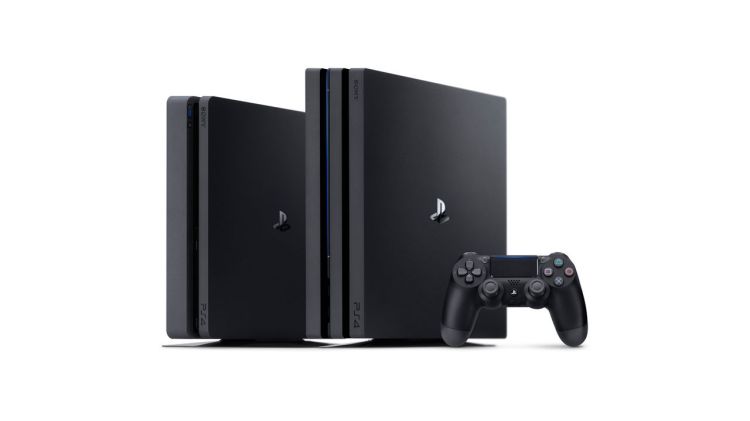The Oculus Rift and HTC Vive might offer a superior VR experience to PlayStation VR, but there’s one very big reason the latter is poised to perform better on the market, at least in the short term.
As seen in tweets from this week’s VRX conference in San Francisco, Zvi Greenstein, General Manager at Nvidia, confirmed that there are currently 15 million VR Ready PCs using the company’s GeForce graphics cards in the market, which, according to the tweet below, he predicted would rise to 30 million by the end of next year. That’s not a final total of VR Ready PCs as a whole; the number doesn’t count machines that use cards from rivals like AMD that haven’t revealed similar statistics. We’ve reached out to AMD to ask to share such data.
15M VR ready PCs are in the market, @nvidia predicts 30M by end of next year @VR_Intelligence pic.twitter.com/Vwiao9j9o5
— tipatat (@tipatat) December 7, 2016
Even so, that number is dwarfed by the massive 50 million units that Sony announced its popular PlayStation 4 console had sold through this week. That includes standard units, the slim model that released a few months back, and the new PlayStation 4 Pro, an upgraded kit that offers improved performance and visuals for some games. Each of these consoles is ready to run PS VR, provided users have the PlayStation Camera too.
Neither Oculus, HTC nor Sony have revealed sales for their respective headsets, but the gap between PCs and PS4s clearly gives PS VR and advantage at this early stage in the industry. Sony’s headset may have tracking issues and lack some of the features of its PC-based rivals, but the trade-off is a much more affordable headset ($399 for the core unit compared to $599 for a Rift and $799 for a Vive).
Factors like this may give Sony a head start in the short term, though both HTC and Oculus will be looking to make both their headsets and the machines that run them cheaper in the short term too. Back at Oculus Connect 3, for example, Oculus introduced a minimum spec for the Rift that allowed lower-tier, cheaper PCs to use the headset.
PS VR is an important part of bringing VR to a wider audience here and now, but don’t expect Rift and Vive to throw in the towel any time soon.
This post first appeared on UploadVR.
This story originally appeared on Uploadvr.com. Copyright 2016
VentureBeat's mission is to be a digital town square for technical decision-makers to gain knowledge about transformative enterprise technology and transact. Learn More

